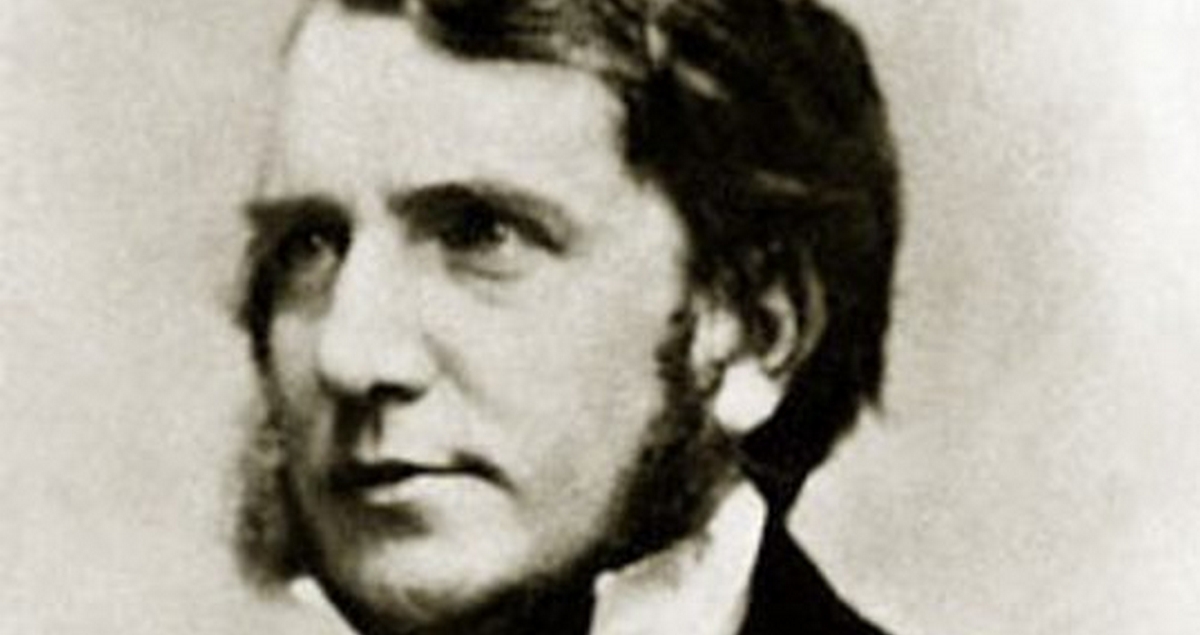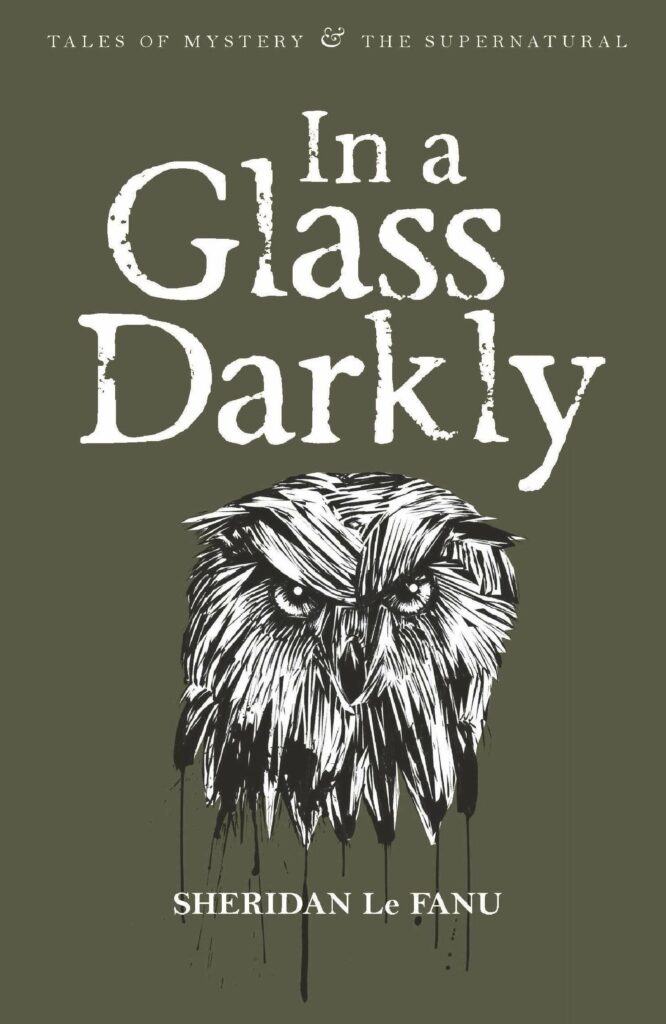
A Deft Touch of the Macabre – Part One
David Stuart Davies looks at the work of a rather neglected master of his art, Sheridan LeFanu.
Sheridan LeFanu is a somewhat neglected master of the creepy and chilling. He remains a unique voice in Victorian literature, perhaps partially as a result of both his French and Irish ancestry. His work can be compared with such literary luminaries as Charles Dickens, Wilkie Collins and Edgar Allan Poe. M.R. James, one of the greatest exponents of the ghost story wrote of LeFanu:
‘He stands in the first rank as a writer of ghost stories… Nobody sets the scene better than he; nobody touches in the effective detail more deftly’
James makes an interesting point about ‘effective detail’ which is often presented in a quite ordinary fashion but was nevertheless always tinged with a deft touch of the macabre. LeFanu’s fiction is rooted in the prosaic world which makes the tales all the more terrifying because of the implied notion that such dramas and terrors and violence might actually be possible. In his case, fantasy is reality.
The Life
Joseph Thomas Sheridan LeFanu was born on 28 August 1814 in Dublin. After a childhood in which self-education played a part, LeFanu entered Trinity College, Dublin in 1832 to read classics and law. He was called to the Irish Bar in 1839, but soon abandoned the law and embarked upon a joint career of journalism and newspaper proprietorship, during which he would own, or have part shares in The Warder, The Protestant Guardian, The Statesman, The Dublin Evening Packet and Evening Mail.
His first published short fiction was a ghost story, ‘The Ghost and the Bone-Setter’ (1838). However, he did not concentrate on the genre at this time. In fact, his first two novels The Cock and Anchor (1845) and The Fortunes of Colonel Torlogh O’Brien (1847) were historical adventures very much in the vein of the works of LeFanu’s literary hero, Sir Walter Scott.
He married Susanne Bennet in 1843, a union that produced four children. Initially, the couple were very happy but his wife suffered from increasing neurotic symptoms. She experienced bouts of extreme anxiety after the deaths of several close relatives, which led to marital problems. In April 1858 she suffered a ‘hysterical attack’ and died the following day in unclear circumstances. The anguish of LeFanu’s diaries suggests that he felt guilt as well as deep grief at her dramatic demise. He wrote: ‘The greatest misfortune of my life has overtaken me. My darling wife has gone. The most affectionate the truest I think… I adored her.’
In the years following her death, LeFanu became more reclusive and only returned to writing fiction some three years later. He used his stories as both a distraction from his loss and a means of channelling his feelings of despair. As a result, his output grew darker. It was during this period that he created his most popular works, The House by the Churchyard (1863), Uncle Silas (1864), and In A Glass Darkly (1872), a seminal collection of stories which features the classic influential vampire novella Carmilla
In his last decade of life, LeFanu became increasingly isolated from his friends, turned callers away and acquired the nickname, ‘the Invisible Prince.’ This behaviour allowed dark rumours to accrue around him. Some accounts of his life insist that he wrote in bed by candlelight and that he was troubled by the recurring dream of a crumbling mansion on the point of collapse. When he died in 1873, it was reported that the doctor viewing the author’s body is supposed to have remarked: ‘I feared this! The house fell at last!’
The Stories
While LeFanu is known today mainly as a ghost story writer, not all his tales feature ghosts or indeed elements of the supernatural, but they are all infused with a creeping sense of unease. They are satisfyingly uncomfortable reads.
Certainly, his darkest output came after the death of his wife in the last decade of his life. As he entered upon this most productive period of writing, he became editor and owner of the Dublin Magazine in 1861. His work was serialised in this Irish publication and then he would revise it for the English market. He published the novels The House By the Churchyard (1863) and Wylder’s Hand (1864) in this way.
The multifaceted The House by the Churchyard remains one of his best-known novels. In it, he blends his historical style with his later Gothic touches. It is set in Chapelizod, a quaint village within the boundary of Dublin, where LeFanu lived when young, and is regarded as an important influence on James Joyce’s Finnegans Wake. The book is a clever blend of mystery and historical narrative, perhaps his best novel in this genre. The story opens with the accidental disinterment of an old skull in the churchyard and an eerie late-night funeral. This discovery relates to murders, both recent and historical whose repercussions disrupt the complacent pace of village affairs and change the lives of many of its notable characters forever.
By this time LeFanu had acquired a London publisher who insisted that he set his work in England and in modern times in order to appeal to an English readership. Responding to this request, LeFanu located the events in his next novel, Uncle Silas, in Derbyshire. It is his greatest Gothic narrative and is notable as an early example of the locked room mystery subgenre. Although it is not a novel of the supernatural, it does contain several ambiguous touches to tease the reader and reveals a strong interest in the occult. The story tells how the main character, a wealthy heiress, survives a murder plot against her by her uncle, her cousin and an evil governess. It was the source for Arthur Conan Doyle’s The Firm of Girdlestone (1890) and remains a touchstone for contemporary mystery fiction. It grew out of an earlier short story, ‘A Passage in the Secret History of an Irish Countess’ (1839), which LeFanu also published as ‘The Murdered Cousin’ in the 1851 collection Ghost Stories and Tales of Mystery.
Books associated with this article

In a Glass Darkly
Sheridan Le Fanu
